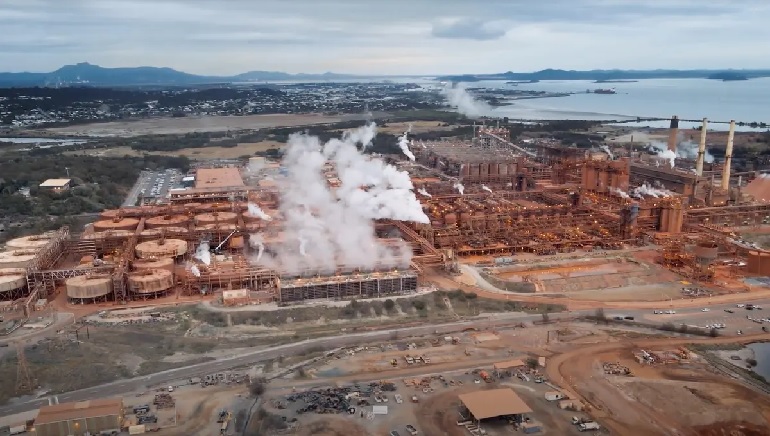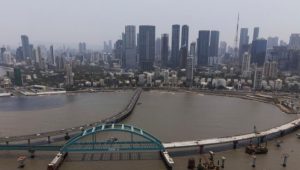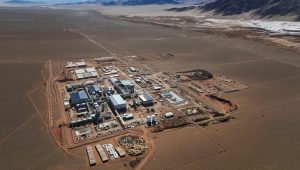From July 1, 2023, the emissions reduction scheme of the Australian government, called the Safeguard Mechanism, will help the country meet its climate targets. The policy is expected to drive down industrial emissions.
A reboot of an existing scheme, the revised scheme will push more than 200 of Australia’s top greenhouse gas polluters to make deep emissions cuts, by nearly 5 per cent a year to 2030 against a baseline or limit set by the government.
The Safeguard Mechanism represents a major turnaround in Australia’s climate policies after years of deep divisions among the main political parties stalled efforts to cut emissions. The most important benefit of the Safeguard Mechanism is the signal that it sends to Australia’s biggest polluters that they have to be pulling their weight on our shared national task to reduce emissions, believe environment experts.
The scheme will make it harder for new fossil fuel projects to get off the ground and likely lead to a boost in green energy investment as big industrial firms look for ways to cut emissions. It covers about 30 percent of the nation’s emissions and applies to operations that produce more than 100,000 tonnes of greenhouse gases a year. Its focus is on 215 polluting entities like coal mines, gas fields and gas processors, aluminium smelters and steel mills, making them keep their net emissions below baseline. Entities that exceed their baseline can buy carbon credits from the government or from entities that have succeeded in cutting emissions by more than the required annual amount.















